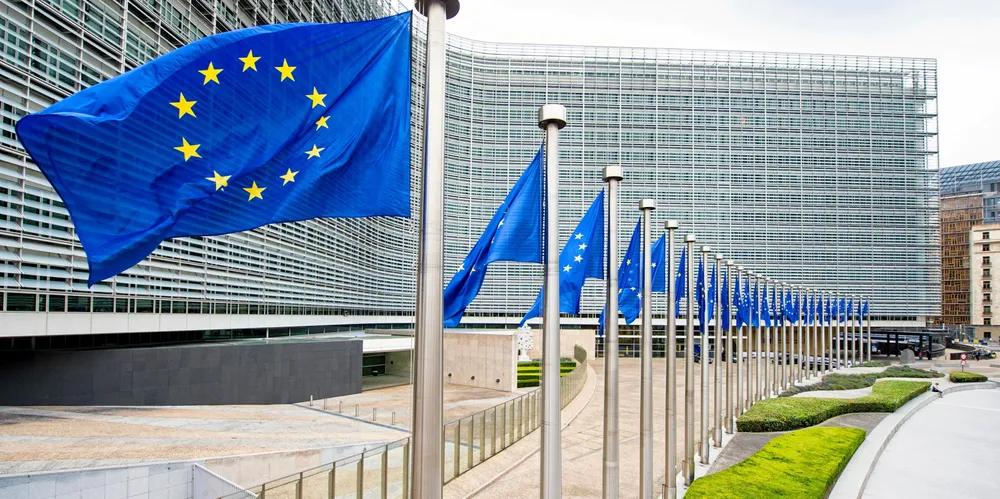Amazon Web Services digital tool to uncork '80GW of EU wind stuck' in permitting bottleneck
Cloud computing platform, designed to automate workflows, streamline approvals and provide process transparency for developers, aims to clear way for the European Commission projects accounting 'for half of Europe’s electricity' by 2050
